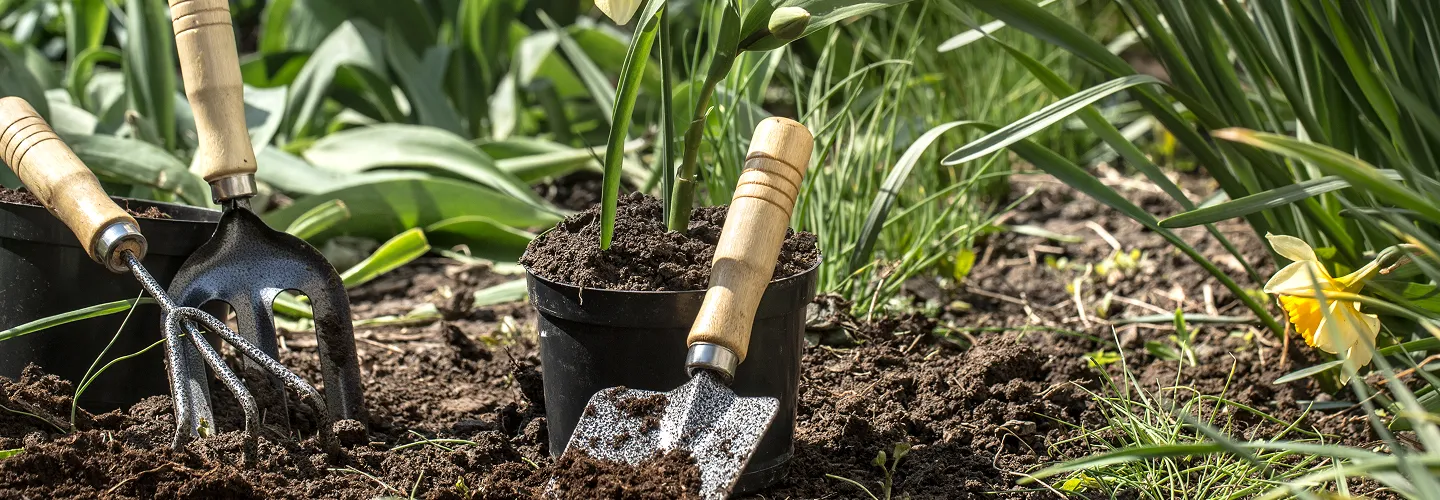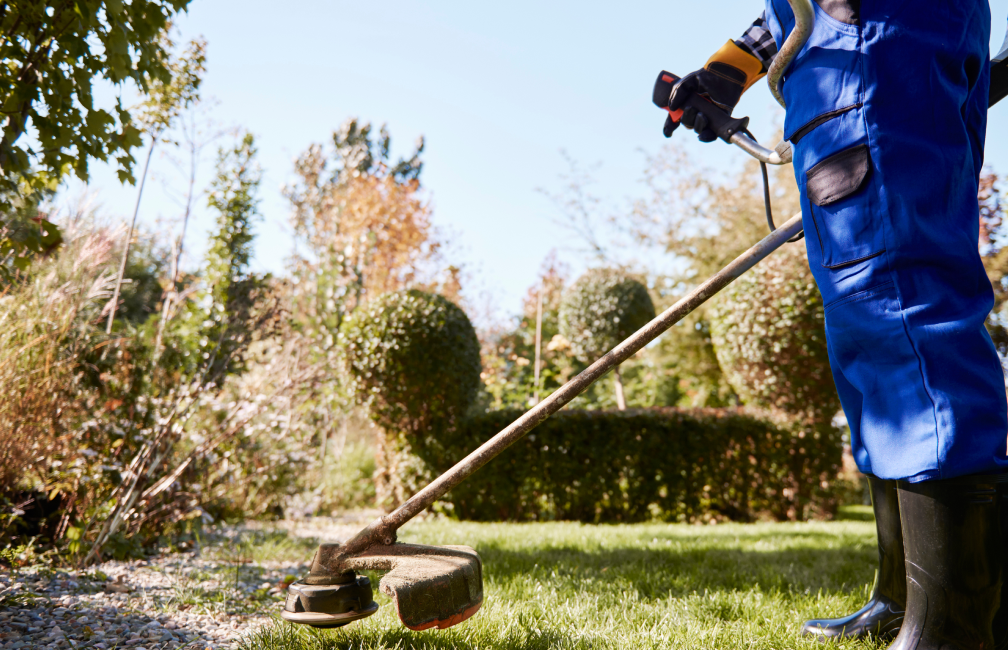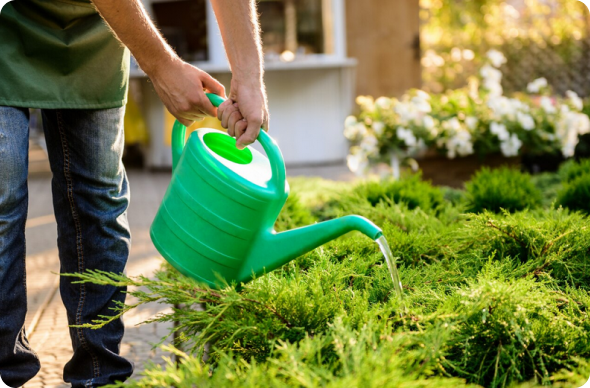
Pembroke Dethatching Lawn Services
Choose our dethatching lawn services for a healthier, greener yard—our experienced team removes built-up thatch to improve soil health, boost grass growth, and give your lawn the fresh start it deserves.
Get a Free QuoteWhen to Schedule Dethatching Lawn in Pembroke, MA – Seasonal Guide
In Pembroke, MA, the best time to schedule lawn dethatching is typically in early spring or early fall, when grass is actively growing and can recover quickly. Pembroke’s climate, with its cold winters and humid summers, means that dethatching too early or late in the season can stress your lawn. For neighborhoods near Furnace Pond or the shaded lots around Oldham Street, it’s especially important to consider local microclimates—areas with more shade or moisture may require slightly different timing than sunnier, drier spots.
Local environmental factors such as the average last frost date in April, the risk of summer drought, and the prevalence of clay-heavy soils in areas like North Pembroke all play a role in determining the optimal dethatching window. Homeowners should also be aware of any municipal guidelines or seasonal restrictions, which can be found on the Town of Pembroke’s official website.
Local Factors to Consider for Dethatching Lawn in Pembroke
- Tree density and shade coverage, especially in wooded neighborhoods
- Soil type (sandy vs. clay-heavy soils)
- Average precipitation and risk of drought
- Frost dates and seasonal temperature swings
- Terrain and drainage patterns
- Municipal restrictions or recommended service windows
Benefits of Dethatching Lawn in Pembroke

Improved Lawn Health
Enhanced Grass Growth
Increased Water Absorption
Reduced Pest and Disease Risk
Boosted Curb Appeal
Professional Landscaping Expertise

Pembroke Dethatching Lawn Types
Cool-Season Grasses
Warm-Season Grasses
Fescue Lawns
Kentucky Bluegrass Lawns
Bermuda Grass Lawns
Zoysia Grass Lawns
Ryegrass Lawns
Our Dethatching Lawn Process
Lawn Evaluation
Preparation and Marking
Dethatching
Cleanup and Disposal
Post-Dethatching Inspection
Why Choose Pembroke Landscape Services

Pembroke Homeowners Trust Us
Expert Lawn Maintenance
Reliable Seasonal Cleanup
Competitive Pricing
Professional Team
Satisfaction Guarantee
Personalized Service
Contact Pembroke's Department of Public Works for Dethatched Material Disposal & Yard Waste Collection
Pembroke's distinctive identity as a kettle pond sanctuary and North River headwaters community drives innovative organic debris management systems that accommodate both lakefront estates and woodland residential properties. Municipal operations coordinate seasonal collection schedules and maintain accessible facilities specifically designed to process substantial dethatching volumes while safeguarding the pristine water quality throughout this Plymouth County pond-studded landscape.
Pembroke Department of Public Works
100 Center Street, Pembroke, MA 02359
Phone: (781) 293-3844
Official Website: Pembroke Department of Public Works
Effective organic material processing requires residents to follow preparation protocols that protect Pembroke's exceptional pond ecosystem integrity:
- Package yard debris exclusively in certified biodegradable paper containers; synthetic materials contaminate composting operations and violate state organic waste processing regulations
- Extract all foreign materials including stones, soil chunks, construction debris, and pond sediments that compromise municipal processing equipment functionality
- Follow published weight restrictions and container specifications for both lakefront collection routes and Transfer Station operations
- Monitor municipal communications for schedule adjustments during peak tourism seasons and weather events
- Position materials to preserve lake access routes and prevent storm drainage infrastructure obstruction during pond-level fluctuations
Understanding Thatch Buildup in Pembroke's Kettle Pond Basin & Glacial Outwash Plains
Pembroke's extraordinary geological foundation within ancient glacial Lake Taunton creates distinctive growing environments that dramatically influence thatch development across this pond-rich community. USDA Web Soil Survey mapping identifies complex formations including Carver coarse sand and Plymouth loamy sand dominating kettle pond margins, Hinckley and Windsor sandy soils across glacial outwash plains, Paxton and Charlton fine sandy loam on upland areas, and Ridgebury fine sandy loam in seasonal wetland depressions throughout this lake-studded landscape.
University of Massachusetts Extension Center for Agriculture, Food and the Environment
161 Holdsworth Way, Amherst, MA 01003
Phone: (413) 545-2717
Official Website: University of Massachusetts Extension
Kettle pond proximity generates distinctive challenges for thatch management throughout Pembroke's lakefront neighborhoods. Seasonal water table fluctuations create alternating saturated and drought conditions that either accelerate organic debris production or inhibit beneficial microbial populations depending on timing and elevation. Excessively drained sandy substrates experience rapid moisture loss that limits decomposition organisms, while pond basin humidity creates microclimates that can suppress natural breakdown processes essential for healthy turf ecosystems.
When thatch accumulation exceeds the critical 0.5-inch threshold, properties develop cascading problems including impaired water infiltration, restricted nutrient availability, and increased vulnerability to seasonal moisture extremes characteristic of kettle pond environments. Residents should monitor for spongy surface texture, water beading during irrigation, patchy fertilizer response, and moss expansion as indicators requiring intervention.
Key practices for managing thatch in Pembroke's conditions include:
- Synchronizing operations with kettle pond seasonal cycles when groundwater conditions support rapid recovery without pond ecosystem disruption
- Coordinating cultivation services addressing compaction from lakefront activities and sandy substrate characteristics
- Selecting moisture-adaptive grass cultivars suited to kettle pond basin drainage variations and seasonal water influences
- Implementing balanced nutrition programs preventing excessive growth while supporting lake watershed protection
- Establishing immediate ground coverage following dethatching using varieties adapted to Pembroke's diverse pond and outwash terrain
Reference: USDA Web Soil Survey
Pembroke Conservation Commission Requirements for Dethatching Near Wetlands & Protected Areas
Pembroke's extensive network of pristine kettle ponds and North River headwaters necessitates comprehensive environmental coordination for lawn maintenance throughout this aquatic sanctuary community. The Massachusetts Wetlands Protection Act establishes protective buffer zones extending 100 feet from wetland boundaries and 200 feet from waterways, encompassing Oldham Pond, Furnace Pond, Hobomock Pond, Stetson Pond, the North River corridor, and numerous smaller kettle formations that define much of the township's ecological character.
Pembroke Conservation Commission
100 Center Street, Pembroke, MA 02359
Phone: (781) 293-3844
Official Website: Pembroke Conservation Commission
Wildlife habitat protection assumes paramount importance during April through July breeding seasons when diverse species utilize kettle pond shorelines, North River corridors, and woodland transition areas throughout Pembroke's developed landscape. Properties adjacent to pond conservation areas, North River Wildlife Sanctuary, or educational facilities with preserved natural features must implement rigorous erosion control preventing sediment migration into sensitive aquatic ecosystems supporting both recreational activities and ecological preservation.
Major dethatching operations within regulated buffer zones typically require environmental review through Notice of Intent or Request for Determination of Applicability procedures. Manual techniques and specialized minimal-impact equipment are strongly recommended near kettle pond systems and river corridors to minimize soil disturbance while protecting aquatic resource integrity essential to Pembroke's pond sanctuary mission.
Pembroke's Implementation of Massachusetts Organic Waste Regulations for Dethatched Material
State requirements under Massachusetts General Law Chapter 111, Section 150A mandate organic waste diversion from household refuse systems, creating opportunities for innovative pond community composting programs serving Pembroke's diverse lakefront and woodland residential development. The town has orchestrated comprehensive organic material processing options that accommodate kettle pond access challenges while supporting environmental compliance throughout this North River watershed municipality.
Massachusetts Department of Environmental Protection
One Winter Street, Boston, MA 02108
Phone: (617) 292-5500
Official Website: Massachusetts Department of Environmental Protection
Massachusetts Department of Agricultural Resources
251 Causeway Street, Suite 500, Boston, MA 02114
Phone: (617) 626-1700
Official Website: Massachusetts Department of Agricultural Resources
Pond community composting programs provide excellent organic waste processing opportunities where property characteristics support appropriate site selection away from kettle pond systems and seasonal wetlands. Residential composting operations must address potential nutrient loading while maintaining adequate setbacks from pond shorelines, North River tributaries, and seasonal high water zones throughout this aquatic landscape.
Municipal collection services operate with seasonal flexibility accommodating summer lakefront activities while maintaining Massachusetts General Law Chapter 111, Section 150A compliance through regional processing partnerships. Technical guidance from the Massachusetts Department of Agricultural Resources addresses organic waste management challenges specific to pond communities with sensitive aquatic environments and seasonal population variations.
Post-Dethatching Stormwater Management in Compliance with Pembroke's MS4 Program
Pembroke's Municipal Separate Storm Sewer System obligations emphasize comprehensive kettle pond watershed protection throughout the community's lakefront and residential drainage network. National Pollutant Discharge Elimination System standards mandate enhanced pollution prevention during soil-disturbing activities, with particular focus on preventing contamination of pristine pond waters and North River headwaters supporting both recreational activities and ecological functions.
U.S. Environmental Protection Agency, Region 1
5 Post Office Square, Suite 100, Boston, MA 02109
Phone: (617) 918-1111
Official Website: U.S. Environmental Protection Agency, Region 1
Pond community weather monitoring requires sophisticated attention to storm development affecting kettle pond water levels and drainage patterns. Property owners should consult National Weather Service Boston forecasts and suspend operations when precipitation threatens within 24 hours. Post-dethatching stabilization requirements include:
- Immediate establishment of protective ground coverage within 24 hours using pond-adapted seed varieties suited to kettle basin conditions and seasonal moisture variations
- Strategic nutrient management preventing excess applications that contribute to pond contamination and harmful algal development in sensitive kettle formations
- Precision irrigation planning supporting establishment while preventing runoff into Pembroke's kettle pond drainage and North River headwater systems
- Coordinated soil enhancement addressing sandy substrate challenges and seasonal water table fluctuations
- Installation of temporary erosion barriers on slopes and areas adjacent to pond systems vulnerable to storm-related sediment migration
These comprehensive practices ensure Clean Water Act and EPA NPDES compliance while supporting turf recovery in Pembroke's challenging pond basin environment.
What Neighborhoods Do We Serve Throughout Pembroke, MA?
Pembroke's distinctive pond-centered districts present diverse thatch management challenges reflecting varied kettle formation proximity, North River influences, and lakefront development characteristics throughout this Plymouth County aquatic sanctuary.
Pembroke Center Village Historic District encompasses traditional civic areas with mature landscapes and potentially modified soils from community development. Proximity to municipal facilities and Furnace Pond creates distinctive microclimate conditions while established infrastructure often requires specialized manual techniques for effective maintenance throughout this village center.
Oldham Pond Luxury Waterfront Estates include premium lakefront properties experiencing unique growing conditions from direct pond proximity and enhanced humidity levels. Seasonal water table fluctuations and strict watershed protection requirements necessitate careful nutrient management and erosion prevention during maintenance activities throughout this exclusive lakefront district.
Hobomock Pond Recreation Community encompasses properties surrounding this popular water resource with challenging conditions from recreational use patterns and seasonal moisture variations. Enhanced humidity from pond influence affects decomposition while recreational facility management requires maintenance coordination throughout peak activity periods.
North River Headwaters Corridor features properties along this important waterway with distinctive soil characteristics from river proximity and seasonal flooding influences. Enhanced moisture from river systems affects thatch formation while strict watershed protection requirements demand careful management throughout this critical headwaters zone.
Bryantville Kettle Depression District includes development within ancient glacial formations with varied drainage characteristics and seasonal water accumulation. Properties experience unique moisture patterns from kettle topography while geological formation influences create specialized growing conditions throughout this glacial landscape zone.
Stetson Pond Woodland Interface encompasses properties adjacent to this significant water resource with challenging growing conditions from pond proximity and forest canopy influences. Continuous organic matter input from adjacent woodlands affects thatch formation while pond watershed protection requires enhanced environmental compliance throughout this forested lakefront district.
Great Sandy Bottom Pond Conservation Sanctuary features properties near this pristine kettle formation with extraordinary environmental protection requirements and distinctive ecological conditions. Wildlife habitat considerations affect maintenance timing while conservation management activities require coordination throughout this protected aquatic ecosystem zone.
Pembroke Municipal Bylaws for Landscaping Operations & Equipment Use
Municipal ordinances governing landscaping operations in Pembroke establish comprehensive standards reflecting the community's kettle pond sanctuary character while ensuring protection for extensive aquatic resources and North River headwaters systems. These regulations establish operational standards appropriate for pond communities supporting both environmental preservation and lakefront property management objectives.
Pembroke Building Department
100 Center Street, Pembroke, MA 02359
Phone: (781) 293-3844
Official Website: Pembroke Building Department
Pembroke Board of Health
100 Center Street, Pembroke, MA 02359
Phone: (781) 293-3844
Official Website: Pembroke Board of Health
Pond community considerations establish operational schedules accommodating lakefront recreation activities and kettle pond management while maintaining residential neighborhood tranquility. Commercial service providers must maintain comprehensive insurance reflecting lakefront property values while demonstrating environmental compliance capabilities for kettle pond watershed and North River headwaters protection.
Equipment operation standards address unique pond community challenges including navigation of lakefront access roads, protection of underground utilities serving waterfront properties, and coordination with conservation area management. Service providers must demonstrate competency in kettle pond watershed management while maintaining effective thatch removal capabilities in diverse substrates affected by seasonal water influences and aquatic ecosystem protection requirements.
Major dethatching projects near kettle pond systems, North River corridors, or conservation sanctuary areas typically require coordination with multiple municipal departments ensuring compliance with pond community environmental protection standards. Professional operators must maintain current training in aquatic sanctuary practices while ensuring successful turf establishment in Pembroke's complex kettle pond environment with its integrated lakefront demands and comprehensive watershed protection standards.